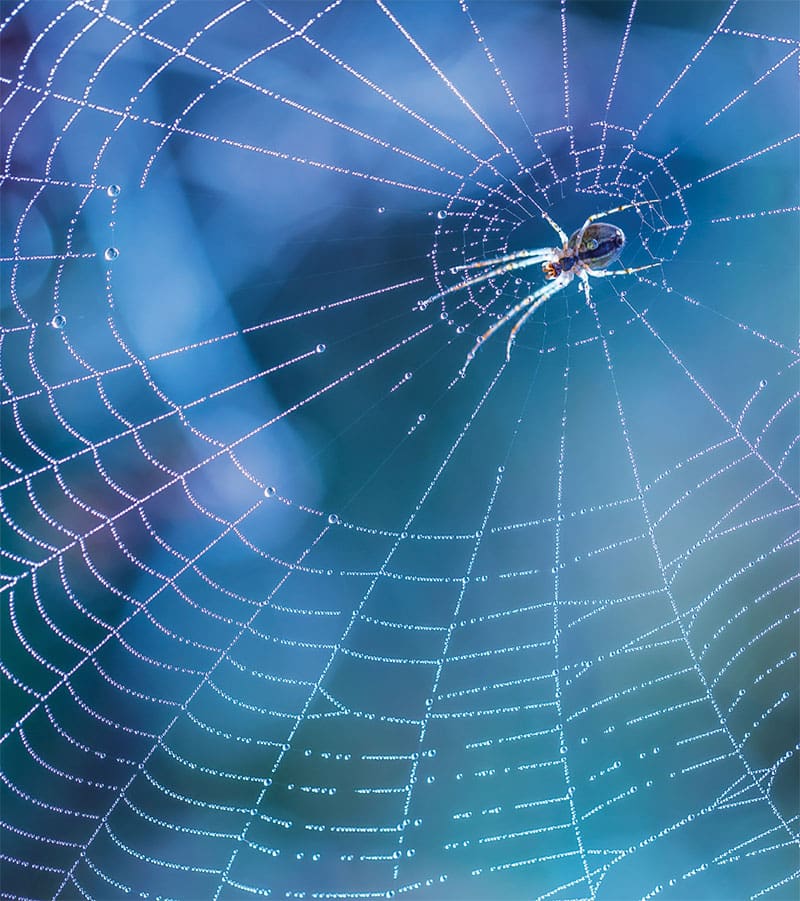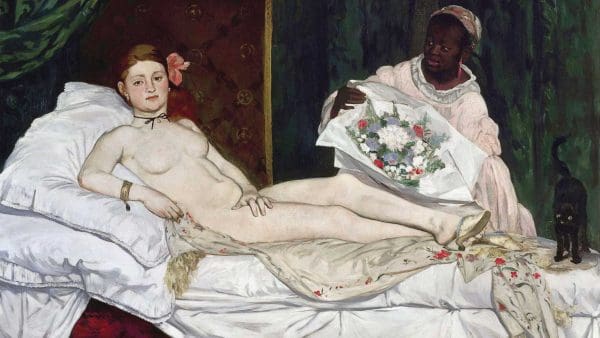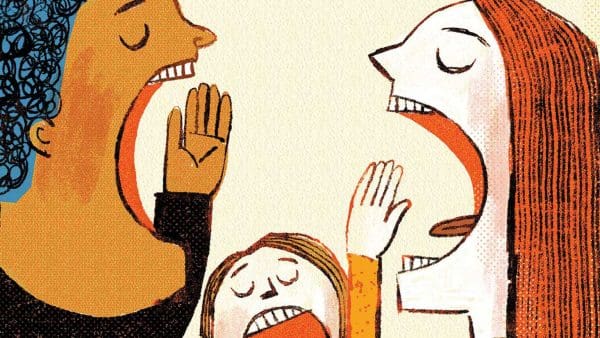
Andrew Gordus
Assistant Professor, Biology
Gordus’s lab uses two model organisms—nematodes and spiders—to study the cellular and genetic mechanisms that drive novel and innate behaviors, and how organisms sense and adjust to environmental variability.
What can we learn from the way spiders build their webs?

Andrew Gordus: I do behavioral neuroscience because I’m interested ultimately in how my own brain works. I like working with animals with small brains because they’re more of a constrained problem. I got interested in spiders because I got interested in notions of internal state. These are things like motivation, emotions, and arousal. I can ask you how you feel. We can’t ask an animal that. We have to infer it based on their behavior.
A lot of animal architectures are built in phases: The animal is very motivated to build this and then this. They’re providing us with a physical record of their intent. Our first paper on spider behavior showed that they have all these different behaviors and they’re all organized differently in different phases of web building, so it shows the web is a physical record of what I would call different cognitive states.
Now we’re trying to perturb them with drugs and genetically to see how can we alter these states, and what do the underlying genes we perturb tell us about how those states are organized? This is my big question: How do you organize these states in the brain?
Ultimately in neuroscience we want to predict behavior as a function of input. There’s a thing called neuromodulators—dopamine, for example—that alter the flow of information. Emotions, these internal states, change how information flows through your brain.
Invertebrates also have internal states. The spider is constantly making errors while it builds the web. It has a prescribed sequence of behaviors, but it can easily exit out, assess the web, and then come back to where it left off. They don’t use their vision at all. It’s all based on touch.
We’re trying to understand how local web geometry influences behavior, since the web itself acts as a sort of guide for the spider to follow. However, how the spider responds to local geometry seems to be strongly influenced by which behavioral state it’s in. Prior work showed that different chemicals altered different parts of the web. Ultimately, we want to associate these chemicals to their targets in the brain to understand how these brain areas influence behavior. These chemicals influence and encode your internal states. So we’re building maps of all these different brain structures in the spider.




